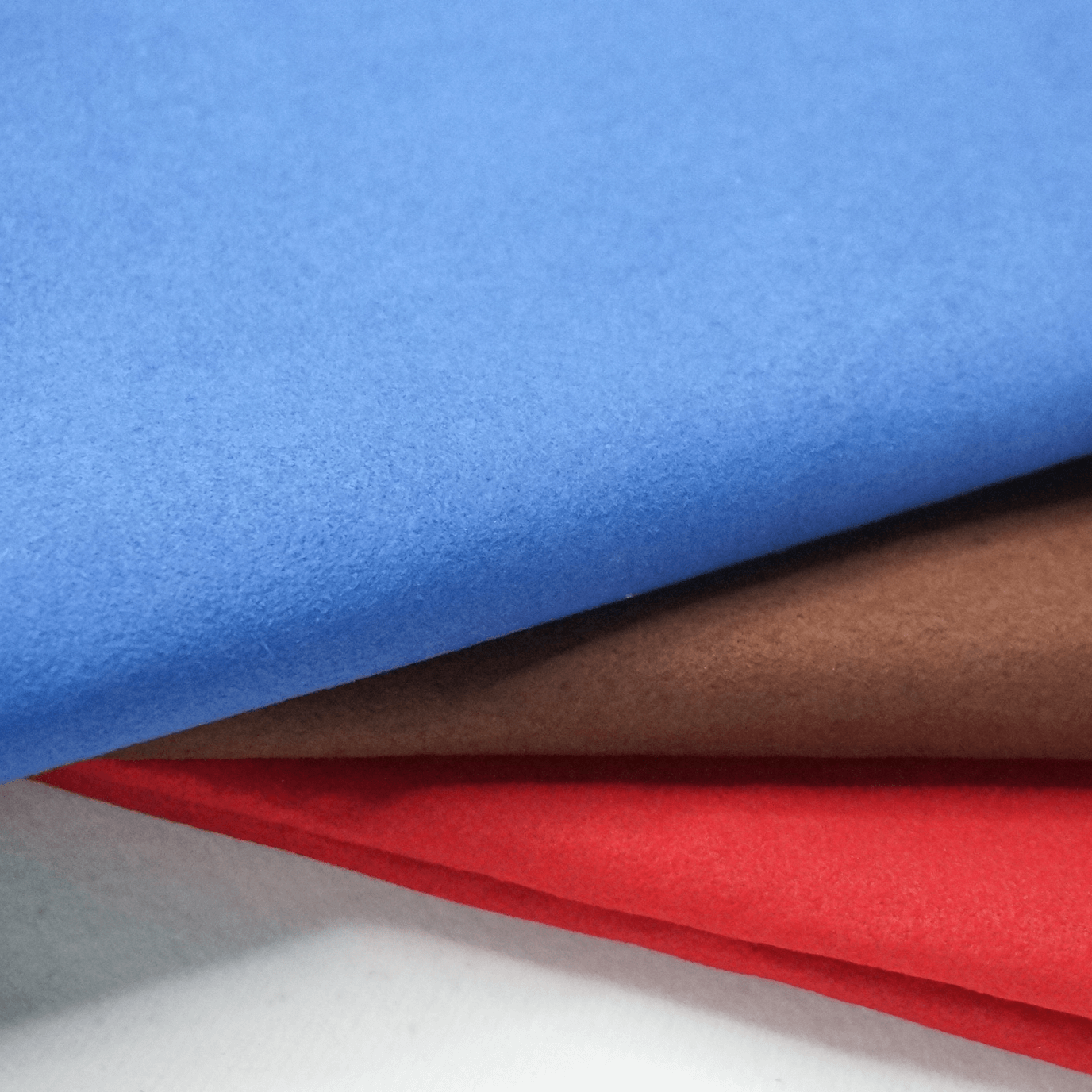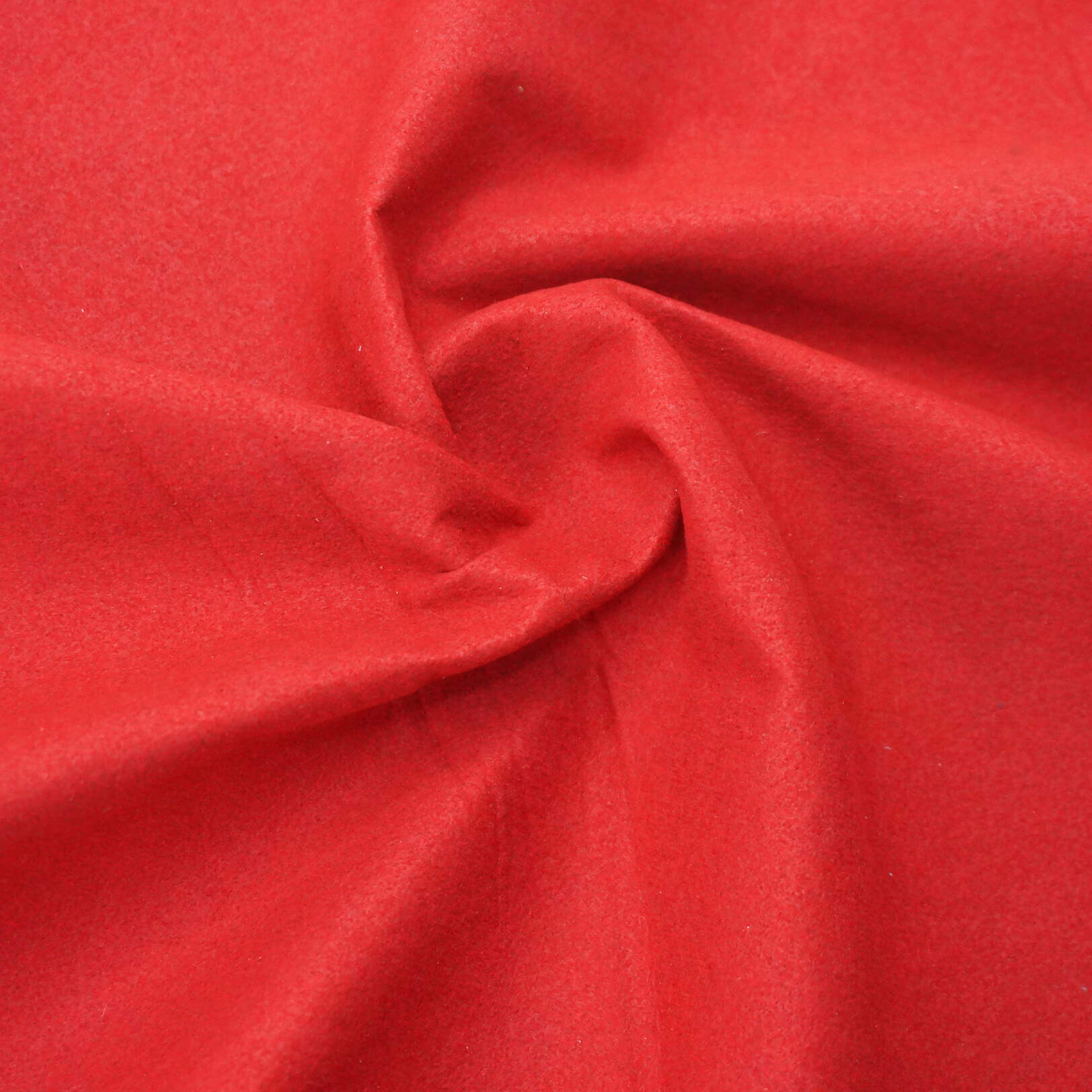Email format error
Email cannot be empty
Email already exists
6-20 characters(letters plus numbers only)
The password is inconsistent
Email format error
Email cannot be empty
Email does not exist
6-20 characters(letters plus numbers only)
The password is inconsistent

News

The Ultimate Guide to Synthetic Suede Leather: An Innovation in Modern Textiles
Synthetic suede leather, also known as faux suede, is a versatile and increasingly popular material in various industries, from fashion to automotive interiors. Unlike genuine suede, which is made from animal hides, synthetic suede leather is crafted from high-quality microfiber, making it an ethical and eco-friendly alternative. This blog will delve into the world of synthetic suede leather, exploring its benefits, applications, and the manufacturing processes involved.
What is Synthetic Suede Leather?
Synthetic suede leather is a man-made fabric that mimics the look and feel of genuine suede. It is produced using synthetic fibers, typically polyester or nylon, which are woven into a dense, soft fabric. This fabric is then treated to achieve a texture similar to natural suede. The result is a durable, cost-effective, and versatile material that offers numerous advantages over traditional leather.
The Advantages of Synthetic Suede Leather
1. Eco-Friendly and Ethical
One of the most significant benefits is its environmental and ethical advantages. Unlike natural leather, which involves the use of animal hides and often harmful tanning processes, synthetic suede is cruelty-free and has a lower environmental impact. This makes it an attractive option for consumers and manufacturers who are conscious of sustainability and animal welfare.
2. Cost-Effective
The leather is generally more affordable than genuine suede. The production process for synthetic materials is less costly and can be scaled more easily, making synthetic suede an economical choice for both manufacturers and consumers.
3. Durability and Maintenance
The leather is highly durable and resistant to stains, fading, and wear. It is easier to clean and maintain than natural suede, which is prone to water damage and staining. This makes synthetic suede an excellent choice for items that require regular use and easy maintenance.
4. Versatility
The leather is used in a wide range of products, from clothing and accessories to furniture and automotive interiors. Its versatile nature allows it to be dyed in various colors and finishes, providing endless design possibilities.
Applications of Synthetic Suede Leather
Fashion Industry
In the fashion industry, the leather is used to create stylish and durable clothing, shoes, and accessories. Designers appreciate its versatility and the ability to mimic the luxurious feel of genuine suede without the associated ethical concerns.
Automotive Interiors
Synthetic suede is a popular choice for automotive interiors due to its durability, ease of cleaning, and luxurious appearance. It is often used for car seats, dashboards, and door panels, providing a high-end look and feel.
Furniture and Home Décor
The leather is also widely used in furniture and home décor. Its soft texture and resistance to wear make it ideal for upholstery, cushions, and other decorative items. The material’s ability to withstand daily use while maintaining its aesthetic appeal makes it a favorite among interior designers.
The Manufacturing Process of Synthetic Suede Leather
The production of synthetic suede leather involves several steps, each crucial in achieving the final product's quality and characteristics. Here's an overview of the typical manufacturing process:
1. Fiber Production
The first step involves producing the synthetic fibers, usually polyester or nylon, that will form the base of the suede fabric. These fibers are extruded and spun into fine threads.
2. Weaving
The synthetic threads are woven into a dense fabric. The weaving process is essential in creating the base texture and durability of the material.
3. Finishing
The woven fabric undergoes a finishing process to achieve the desired texture and appearance. This involves brushing the surface to create a soft, suede-like feel. Various chemical treatments may also be applied to enhance the fabric's durability, stain resistance, and color fastness.
4. Dyeing
The synthetic suede fabric is dyed to achieve the desired color. The dyeing process allows for a wide range of colors and finishes, making synthetic suede highly versatile for different applications.
5. Quality Control
Finally, the finished synthetic suede leather undergoes rigorous quality control to ensure it meets the required standards for durability, appearance, and performance.
Comparing Synthetic Suede Leather to Genuine Suede
When comparing synthetic suede leather to genuine suede, several factors come into play:
1. Ethical Considerations
As mentioned earlier, synthetic suede is a cruelty-free alternative to genuine suede, making it a preferred choice for ethically conscious consumers.
2. Environmental Impact
The production of synthetic suede has a lower environmental impact compared to the traditional tanning process used for genuine leather. However, it’s essential to consider the environmental footprint of synthetic fiber production and dyeing processes.
3. Cost
Synthetic suede is typically more affordable than genuine suede, making it accessible to a broader range of consumers and industries.
4. Maintenance
Synthetic suede leather is easier to clean and maintain than genuine suede, which can be easily damaged by water and stains.
5. Aesthetic and Feel
While synthetic suede closely mimics the look and feel of genuine suede, some purists may still prefer the natural texture and aging process of real leather. However, advancements in synthetic materials continue to narrow this gap.
Leading Manufacturers of Synthetic Suede Leather
Several manufacturers specialize in producing high-quality synthetic suede leather. These companies utilize advanced technologies and sustainable practices to deliver premium products. One notable example is leather imitate microfiber suede fabric manufacturers, known for their innovative approach and commitment to quality.
Conclusion
Synthetic suede leather represents a significant advancement in textile technology, offering a sustainable, cost-effective, and versatile alternative to genuine suede. Its applications span various industries, providing consumers and manufacturers with a durable and ethical material choice. As technology continues to evolve, the quality and characteristics of synthetic suede are expected to improve further, solidifying its place in the market.
Whether you’re a designer, manufacturer, or consumer, the leather offers numerous benefits that make it an excellent choice for a wide range of applications. Embracing this innovative material not only supports sustainable practices but also provides a high-quality alternative to traditional leather products.

